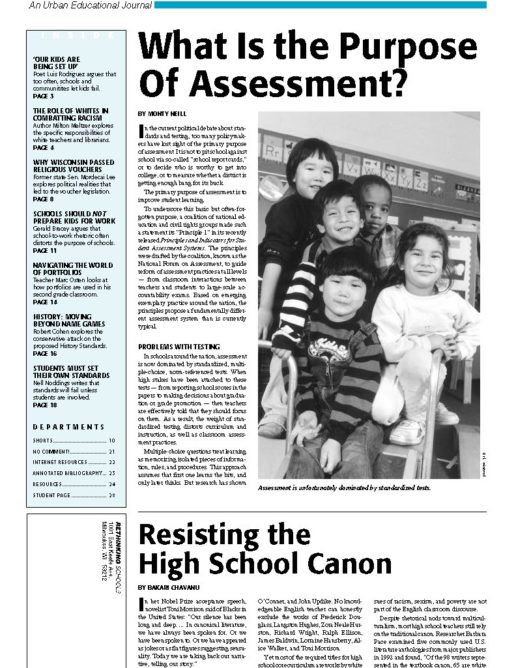Preview of Article:
Moving Beyond Name Games
The Conservative Attack on the U.S. History Standards
As conservatives attack the National Standards for U.S. History for being insufficiently Eurocentric and insufficiently patriotic, students and teachers lose out.

